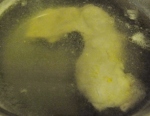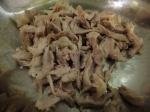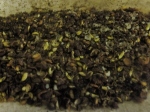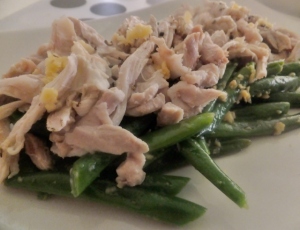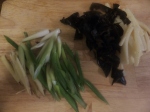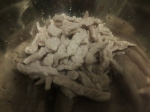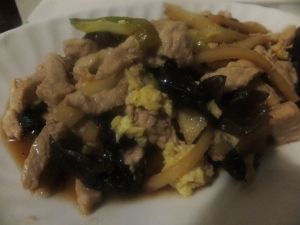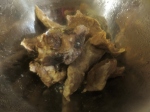 This is a quick assessment. I’ve noticed recently that Filipinos have superbly overshadowed ‘a vast majority of the working population’ in the industry I work in. It’s definitely a huge industry covering fastfood restaurants, pizza places, hotel kitchens, stand-alone restaurants, senior homes (where I belong), coffee shops and maybe, just maybe, temporary hotdog stands scattered in and around town. It’s a definitely ‘yes’ for the Filipino in terms of loyalty, dedication, positive social interaction and impact to clients, strict work ethics, and many other obvious identifiable characteristics related to work.
This is a quick assessment. I’ve noticed recently that Filipinos have superbly overshadowed ‘a vast majority of the working population’ in the industry I work in. It’s definitely a huge industry covering fastfood restaurants, pizza places, hotel kitchens, stand-alone restaurants, senior homes (where I belong), coffee shops and maybe, just maybe, temporary hotdog stands scattered in and around town. It’s a definitely ‘yes’ for the Filipino in terms of loyalty, dedication, positive social interaction and impact to clients, strict work ethics, and many other obvious identifiable characteristics related to work.
I’ve noticed this change about two years ago when the coffee-shop’s crew members where I regularly visit before work became an all-Filipino team. It was a refreshing change for the coffee shop. It turned around from something critically unhygienic to some place where some ‘coffee’ downtime can be had and appreciated. Service, which was the most important factor in the industry, also vastly improved. I guess many don’t understand the meaning of ‘service’ in this industry. Filipinos are very disciplined and service-driven, and one factor, one definite major factor which keeps Filipinos ahead is the SMILE. The smile, despite all the hardwork, the hardships and sometimes the challenges, keeps them ‘going’ like the commercial implies. That’s the plus factor.
This dish is not Filipino, but it reminded me of my university days in the early nineties. My friends re-introduced me to this dish, but I was hesitant to try it not knowing the ingredients and sauces used in the preparation. I came across this dish again in my antiquated Szechwan Cookbook and began re-thinking it my way. And, surprisingly, it turned out as I’ve imagined it to be with all the spices and sauces that went into the final preparation. All ingredients are available in the oriental store. It has that ‘Tokwa’t Baboy’ feel, but went beyond Soy Sauce, Vinegar, Ground Black Pepper, and Onions syndrome. It’s perfect with steamed rice, and for the New Year’s as a solo dish with booze (the spice has that kick).
Ingredients:
- Tofu (used Dry Firm and chopped in cubes)
- Pork Belly Slab, cut into bite-size pieces
- Wood Ear or ‘Tenga ng Daga’, soaked in water overnight and sliced in slivers
- Mushrooms, chopped
- Ginger
- Garlic
- Green Onion
- Szechwan Peppercorns
- Dried Chilis (Chinese, Optional)
- Light Soy Sauce
- Spicy Bean Paste
- Ground Black Bean Sauce (or Fermented Black Beans)
- Chicken Stock
- Cornstarch solution as a thickening agent
Heat the wok with a small amount of oil. When the wok hits smoking point, render the fat from the pork belly and set aside. Stir-fry the ginger, garlic, green onion, chilis and mushrooms into the wok (Discard some of the oil if there was too much rendered).
Slowly add the tofu and continue stir-frying. Scoop some of the spicy bean paste into the wok until the tofu has been completely covered (or to the desired spice level). Add the ‘Tenga ng Daga’ and continue stirring.
Pour the light soy sauce and some fermented black bean sauce and stir further. Add a little water or chicken stock to create some sauce like mixture. Sprinkle with ground Szechwan Peppercorn/Salt and return the pork belly back into the wok. Set the fire to low-medium and cover for a few minutes. Thicken with cornstarch solution and garnish with chopped green onions.
ahref=”http://pictureclusters.blogspot.com/”>Food Friday</a><a title=”FoodTripFriday” href=http://www.foodtripfriday.net target=”_blank”><img title=”FTFBadge” src=”http://img.photobucket.com/albums/v358/fickleminded/FTF.png” alt=”FTFBadge” width=”250″ height=”125″ />















